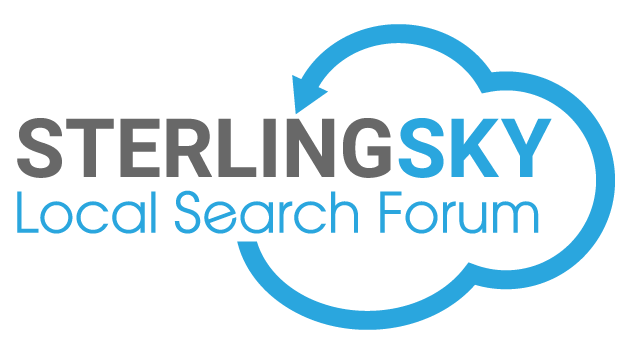- Joined
- Jul 9, 2013
- Messages
- 33
- Reaction score
- 0
Hey guys,
I was searching this question on Google and actually landed on a thread on here that wasn't answered, so if someone can answer, it would be great!
When placing microdata on your site is it better to use the generic LocalBusiness (LocalBusiness - schema.org) or something more specific like Restraunt (Restaurant - schema.org)?
Is there any best practices between footer vs contact us page, use the same microdata format or different?
Aside from the NAP Properties are there any other properties that should be included like URL or any that should be avoided?
Any best practice advice or direction you can provide here would be greatly appreciated. Cheers!
Thanks guys!
I was searching this question on Google and actually landed on a thread on here that wasn't answered, so if someone can answer, it would be great!
When placing microdata on your site is it better to use the generic LocalBusiness (LocalBusiness - schema.org) or something more specific like Restraunt (Restaurant - schema.org)?
Is there any best practices between footer vs contact us page, use the same microdata format or different?
Aside from the NAP Properties are there any other properties that should be included like URL or any that should be avoided?
Any best practice advice or direction you can provide here would be greatly appreciated. Cheers!
Thanks guys!




